Research Article
Varietal Screening of Tomato to Tomato Fruit Borer, Helicoverpa armigera (Hub.) and Associated Tomato Plant Characters
Department of Entomology, Bangladesh Agricultural University, Mymensingh -2202, Bangladesh
M. Hossain
Department of Entomology, Bangladesh Agricultural University, Mymensingh -2202, Bangladesh
N. Ahmed
Department of Entomology, Bangladesh Agricultural University, Mymensingh -2202, Bangladesh
M. M. Uddin
Department of Entomology, Bangladesh Agricultural University, Mymensingh -2202, Bangladesh
M. S. Hossain
Department of Entomology, Bangladesh Agricultural University, Mymensingh -2202, Bangladesh









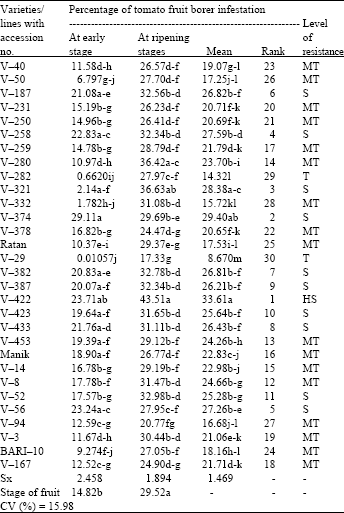

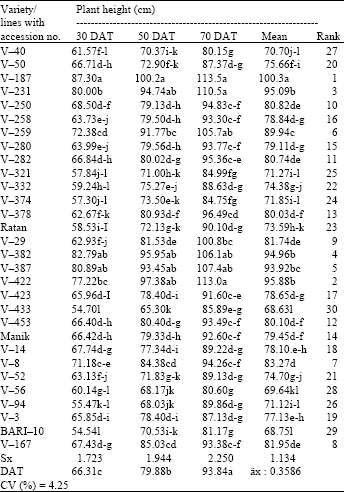
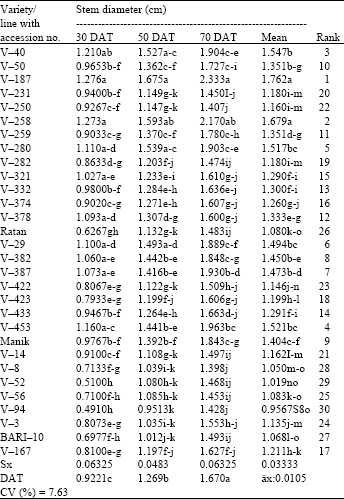
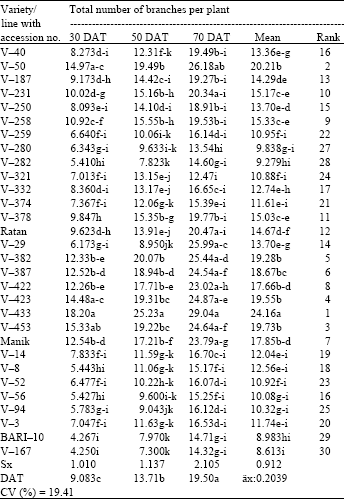
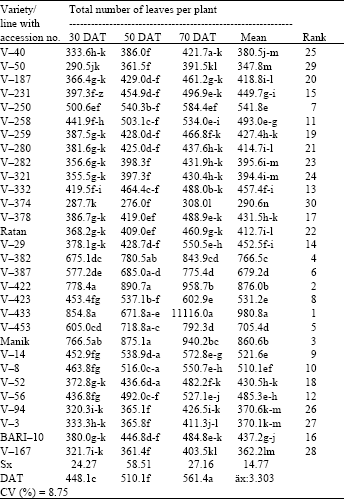
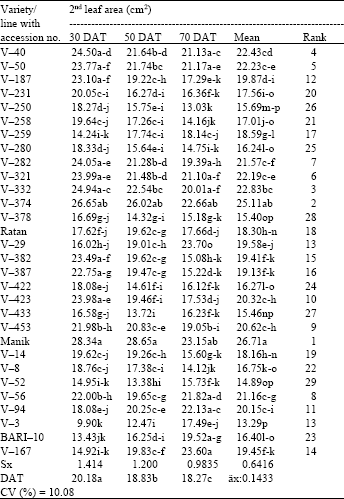
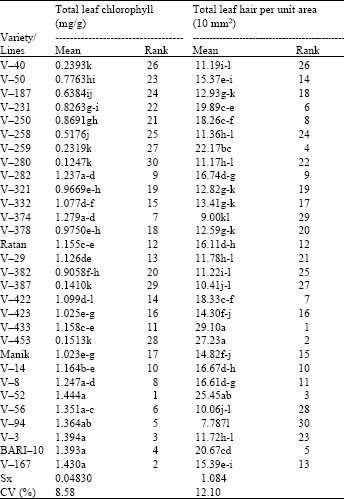
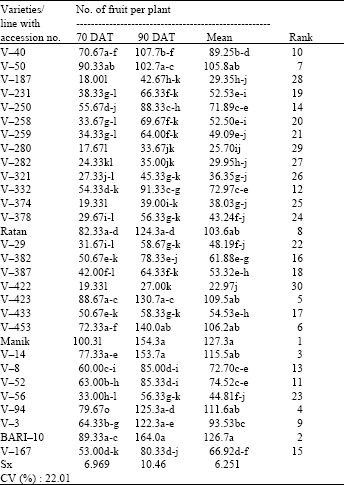
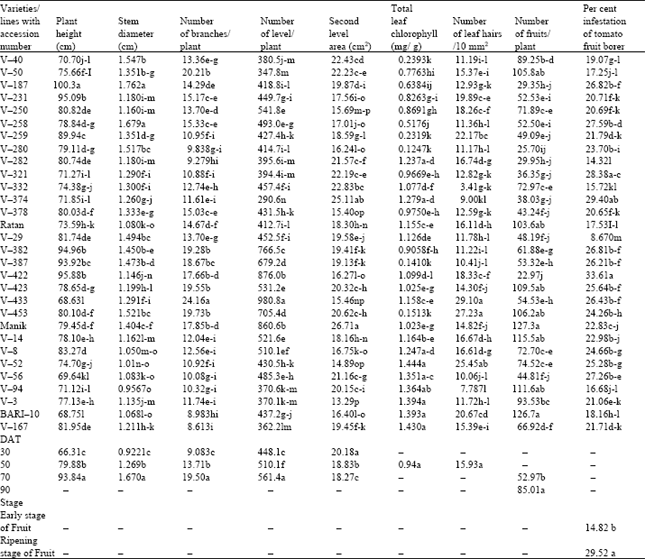


hussein abdelkreem mohammed Reply
thanks for your helping please sent me more researches about helicoverpa armigera on tomato
with regards
Mr. Husein
kassala university
sudan